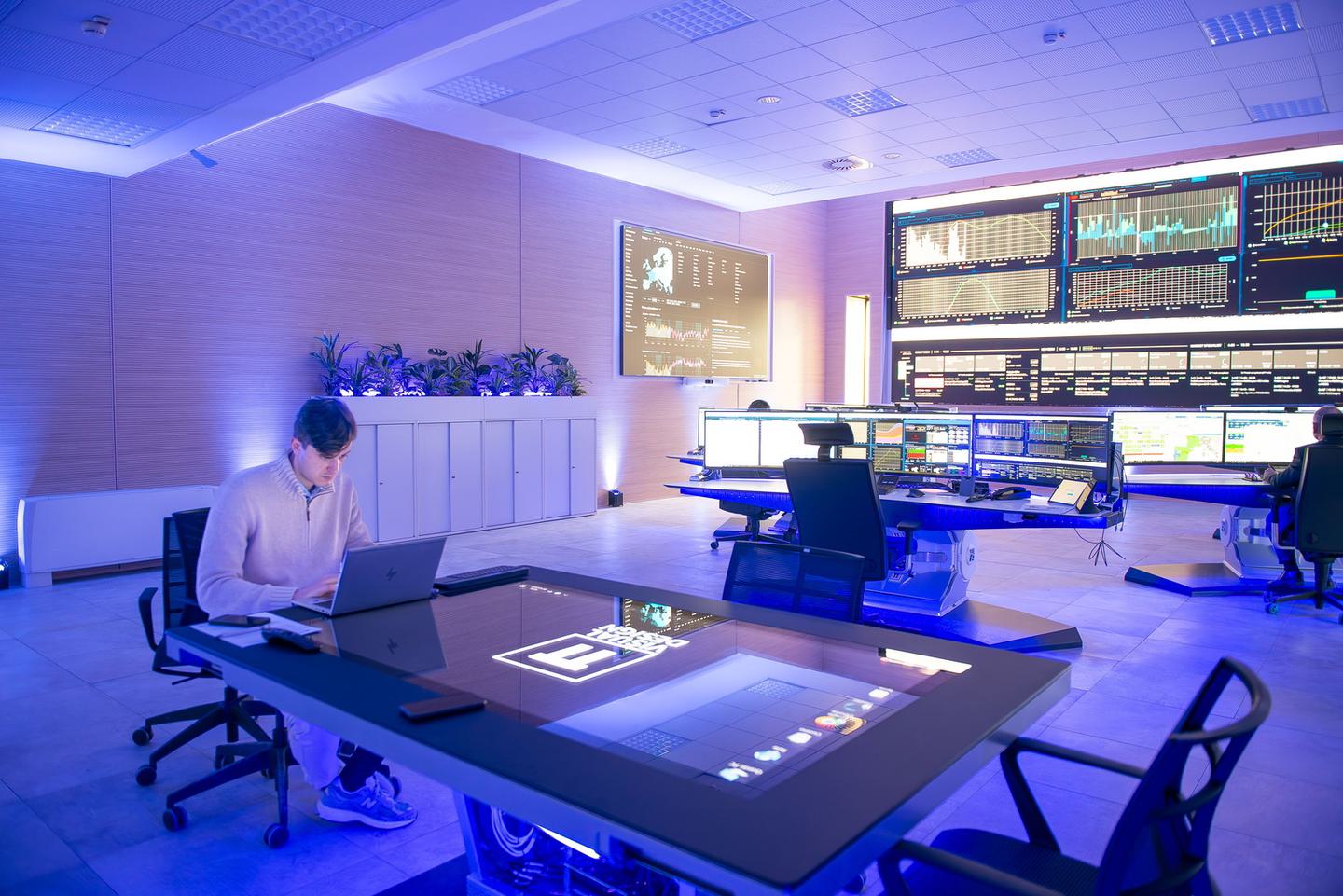With the new 2024-2028 Industrial Plan Terna will galvanise its investments for the energy and digital transition of the country, which is increasingly leaning towards the decarbonisation of the electricity system. With the presentation of its five-year investment strategy on 19 March 2024, the national transmission grid operator unveiled its concrete commitment to our energy future: 16.5 billion euros for electricity grids – an all-time record amount for the Group. A significant increase – 65% more than in the previous plan – to consolidate the company's strategic role as an enabler of the Italian electricity system and to strengthen its commitment of service to the country at this time of momentous change in the sector.
The Terna plan aims to strengthen and expand the Italian transmission grid and develop interconnection capacity with other countries, to ensure a more secure, reliable and efficient electricity system and allow greater integration of renewable sources. The investments will also help increase the grid’s resilience in the face of ever-increasing extreme weather events by introducing new digital and technological solutions for efficient and rapid system management, thereby ensuring electricity supply quality and continuity at the lowest possible cost to the end consumer. The success of Italy's decarbonisation path will depend on the development of the following action areas: increased renewable generation capacity, the development of the electricity grid's transmission capacity and storage systems, and, lastly, the improved fitness for purpose of the electricity system. Terna will play an increasingly key role in this scenario.







